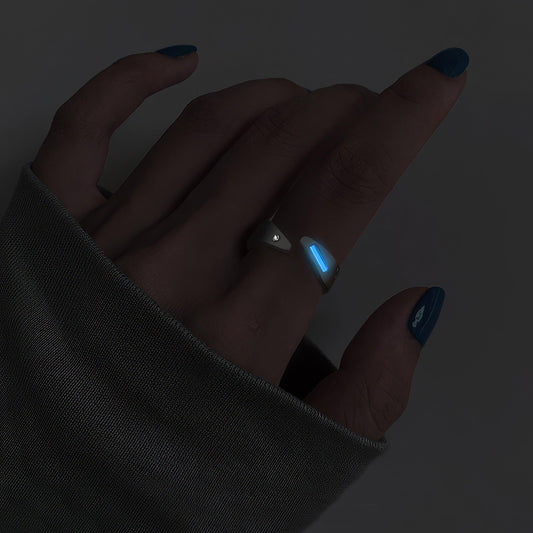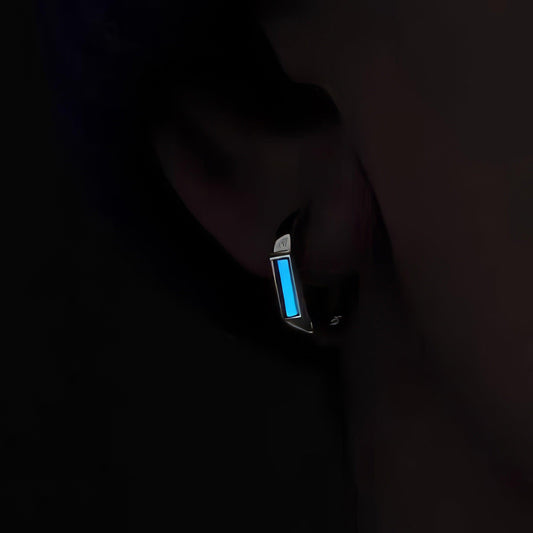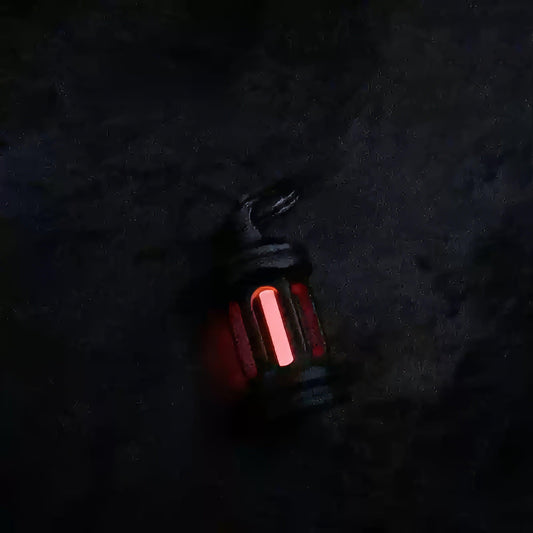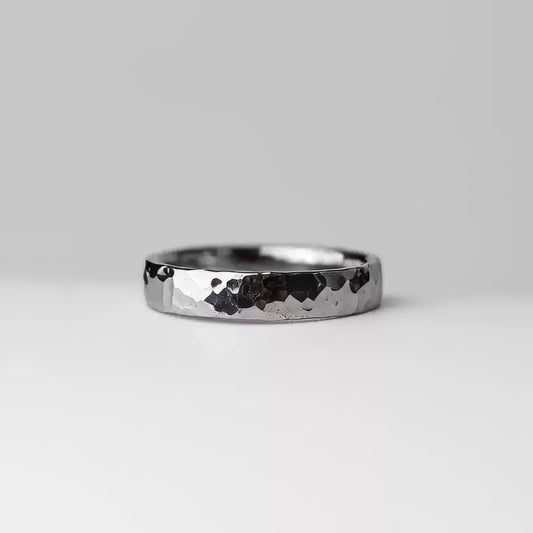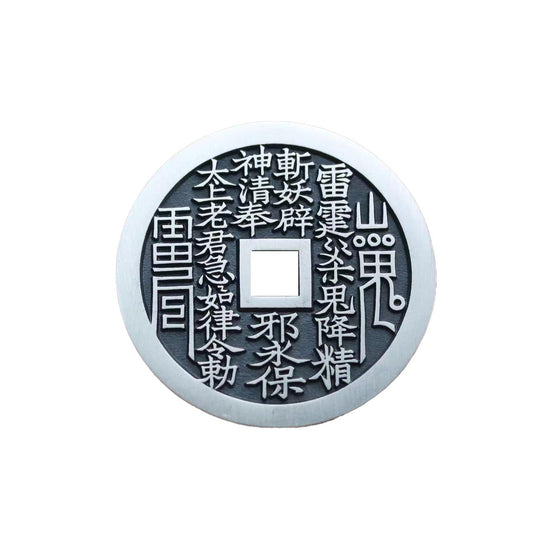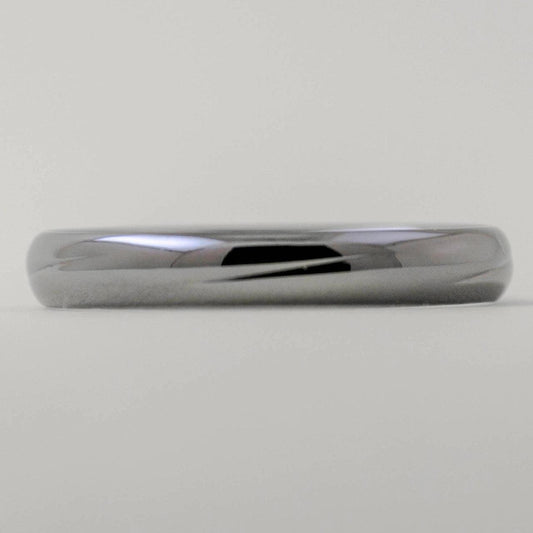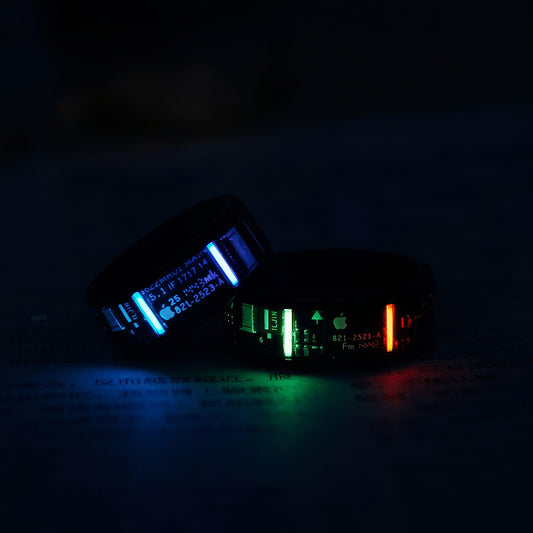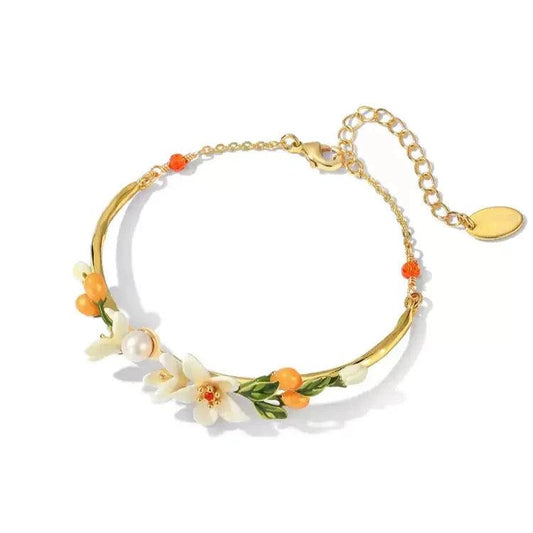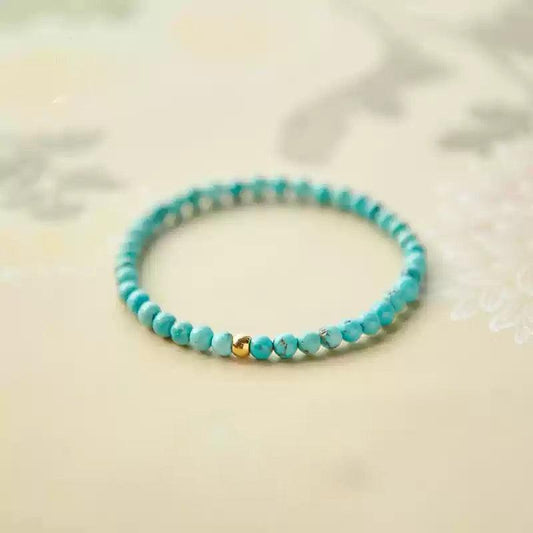The Allure of Simulated Diamond Engagement Rings A Modern Love Story
The Allure of Simulated Diamond Engagement Rings A Modern Love Story
When my friend Clara flashed her engagement ring at our brunch last Saturday, I couldn't help but notice its brilliance. It sparkled with a fire that seemed almost surreal. With a sheepish grin, she confessed, "It's simulated." This piqued my interest; how could something so breathtakingly beautiful not be the real deal?
Simulated diamond engagement rings are redefining what it means to treasure a jewel. These stones offer a dazzling visual appeal at a fraction of the cost of natural diamonds. But beyond the evident financial practicality lies a deeper narrative woven with technological innovation and shifting cultural paradigms.
The technology behind simulated diamonds is as fascinating as their beauty. These stones are often created from materials like cubic zirconia or moissanite. Moissanite, for instance, is a naturally occurring mineral yet is so rare on Earth that its synthetic version is commonly used. The intricate production process ensures that these gems can mimic a diamond's sparkle almost to perfection. Some even argue they possess more fire and brilliance than their natural counterparts, effectively capturing and refracting light in a way that's simply mesmerizing.
Culturally, we're witnessing a significant shift in how people perceive objects of value. In the past, a diamond engagement ring was an unshakeable symbol of love and commitment—alongside being a testament to one's financial status. Today, the narrative has evolved. Millennials and Gen Z are steering the conversation towards sustainability and ethical consumption. The tales of conflict diamonds and environmental degradation have led many to question traditional choices.
Clara shared how she and her fiancé agreed on a simulated diamond after discussing their future life's financial priorities. The clarity in her eyes when talking about saving for their honeymoon or a down payment on a house spoke volumes. Choosing a simulated diamond was more than just an economical decision; it was a step towards building a life they envisioned together without being weighed down by the past's expectations.
The variety in style and design of simulated diamond rings is another reason they are capturing hearts. Jewelers can offer intricate settings and unique stone cuts at prices that won't make your wallet scream. Whether you fancy a classic solitaire or a modern halo design, your options are plentiful. It’s like standing in an artisanal bakery, unable to decide between the perfectly glazed eclair and the sumptuous red velvet cupcake—except here, you can have both.
Of course, choosing a simulated diamond is not without its internal debates. Some purists might argue that only a "real" diamond can symbolize true love. But as I took another sip of my mimosa, I couldn't help but think that love, in all its beautiful complexities, wouldn't fit into a cookie cutter mold. After all, isn’t the intention and personal meaning behind the ring more significant than its origin?
In our ever-evolving world, holding onto rigid definitions of symbols seems a bit passé. Embracing simulated diamonds doesn't just reflect changing tastes; it shows a willingness to redefine tradition with thoughtful consideration. And as we left the café, I found myself admiring not just the ring on Clara's finger but the boldness and clarity of her choice.
